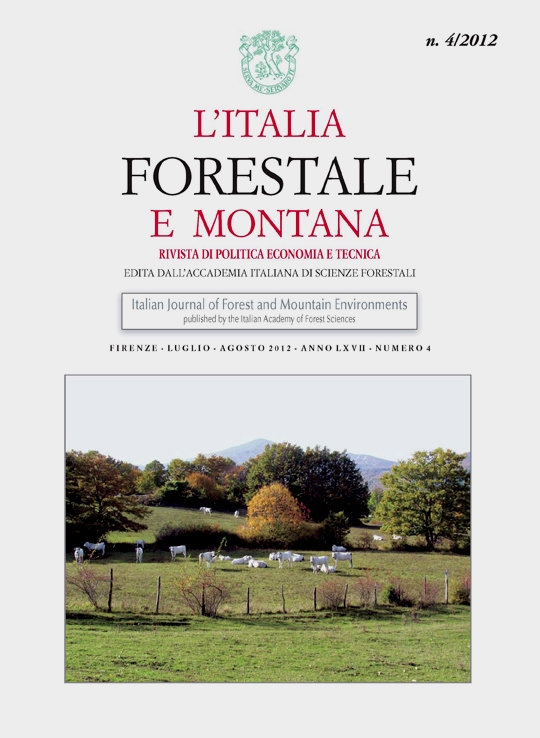Published
2013-09-02
Keywords
- wood fuel energy chain,
- wood forest-based biomass,
- sustainable wood harvesting
Abstract
Italy’s energy policy, in the framework of the 20-20-20 commitments, is oriented towards the increasing exploitation of wood biomass for local energy production projects; this is due to rising demand for energy and low self-sufficiency of the country. To support renewable energy targets in a sustainable way, reliable estimates on the wood biomass technically available for energy production are needed, taking into account local environmental and socio-economic constraints. This paper presents a case study aimed at assessing the wood biomass technically available for energy generation. The sample area is the forest (approximately 27.000 ha) of the Upper valley of Aniene River (Central Italy). The annual amount of wood biomass available for energy generation is estimated using a conservative model. It is based on environmental-compatible and sustainable wood harvesting criteria. The available wood biomass is approximately 18% (21.000 t s.s. year-1) of the total forest productivity of the area, corresponding to about 2 t s.s. ha-1year-1. The overall biomass available in the most accessible areas is nearly 9.000 t s.s. year-1. This would be enough to support the development of a local wood-fuel energy chain, to feed several heating plants of public and private buildings.


